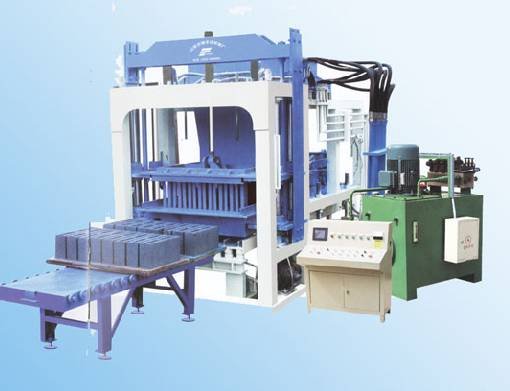Building codes are used to help ensure the safety of buildings. If a construction system provides a safer building, this should be reflected in the building code. The benefits of triangular block are actually reflected in the current building code, although not articulated.
In my last entry we looked at ASTM C90-11a Standard Specification for Loadbearing Concrete Masonry Units. This code describes how concrete blocks should be made. I discussed some of the difficulties of this code regarding triangular concrete block.
ASTM C140 - 11a “Standard Test Methods for Sampling and Testing Concrete Masonry Units and Related Units” is another bit of code that describes how to measure certain characteristics of a block (compressive strength, linear drying shrinkage, dimensions, etc.) or concrete masonry unit (CMU). In the US, CMU are manufactured to conform to ASTM C140.
In my last entry we looked at ASTM C90-11a Standard Specification for Loadbearing Concrete Masonry Units. This code describes how concrete blocks should be made. I discussed some of the difficulties of this code regarding triangular concrete block.
ASTM C140 - 11a “Standard Test Methods for Sampling and Testing Concrete Masonry Units and Related Units” is another bit of code that describes how to measure certain characteristics of a block (compressive strength, linear drying shrinkage, dimensions, etc.) or concrete masonry unit (CMU). In the US, CMU are manufactured to conform to ASTM C140.
A regular (rectangular) CMU is tested for compressive strength by placing it in a mechanism that squeezes it together until it breaks. The direction of squeezing, or axis of compressive force, is the same direction or axis of compaction when the block is made from loose concrete. This is the axis of highest strength in the CMU.
In a regular, vertical wall made from rectangular CMU, the high strength axis of the block is oriented in the vertical direction. That means that the weaker axis is facing horizontally. A concrete block wall hit or impacted from the side is much easier to break than if it were hit from the top (or bottom).
The Federal Emergency Management Agency (FEMA) tests for tornado and hurricane survivability of concrete block wall structures by firing a 2”x4” through cannon at the side of a wall. If block are laid with no reinforcement or pouring all hollow cores with concrete, the 2”x4”s will simply pop holes right through the walls. The weak axis is facing the outside.
Triangular CMU’s are made with the axis of compaction, or highest strength, facing the outside. The resulting structure is much stronger than a conventional block wall, and will readily withstand the FEMA impact test described above. Furthermore, a spherical or dome structure is inherently stronger and more robust than a flat wall.
While the compressive strength of triangular CMU can readily be measured in existing ASTMC140, its high strength advantage over rectangular CMU is not reflected by current code.







DeKay5555555 (or something like that?) Sorry, I didn't mean to delete your comment, my mistake. Concrete block DO meet code, including triangular block. It's just that code does not address all the exceptional benefits of triangular block. I'll be writing on this some more. On your other questions:
ReplyDelete-A dome can be thought to start where the wall stops being vertical.
-SIP's (structural Integrated Panels) are fine for construction. So are 2"x4"s, hay bale, cob, adobe, old tires, bags filled with sand, etc., etc., etc. There ARE distinct advantages to masonry construction, including:
- Very high strength (stronger than SIP's)
- Fire proof (better than SIP's)
- Termite proof (better than SIP's)
- Inexpensive (cheaper than SIP's)
- Exceptional life cycle costs (much longer-lived and lower costing than SIP's)
- Mass produced, nationally and globally, at a very low cost (unlike SIP's)
- Long history of excellent performance, over a century (unlike SIP's)
- Extensive design flexibility (more than SIP's)
- No off-gassing of formaldehyde, like SIP's
For some people, SIP's are a good choice. I wrote of the advantages of SIP domes here:
http://masonrydesign.blogspot.com/2010/07/american-ingenuity-dome-builders.html
and I also spoke of SIP's here: http://masonrydesign.blogspot.com/2011_08_01_archive.html
To be sure, SIP's are a good solution for some people. As is balloon construction (conventional framing) or hay bales, or sand bags, or stucco, or adobe, etc.
I offer something NEW in CMU construction, and it has many advantages. It meets code, but code does not describe its many advantages. This is because the masonry industry only considers rectangular block. Sorry if I was not clear about that. I'll write some more on this soon.